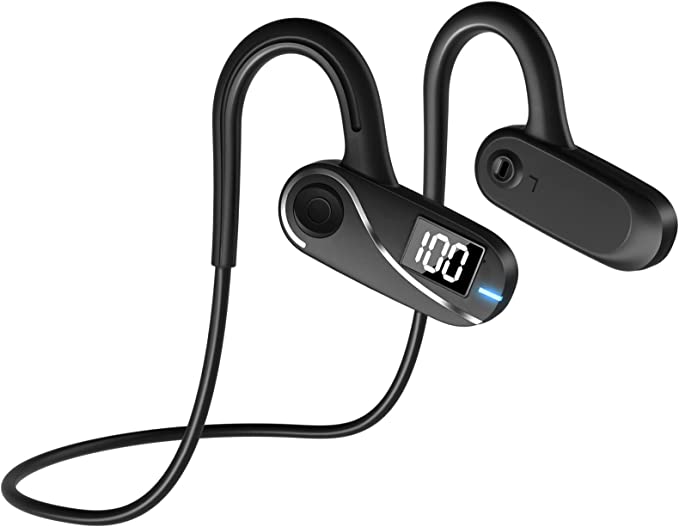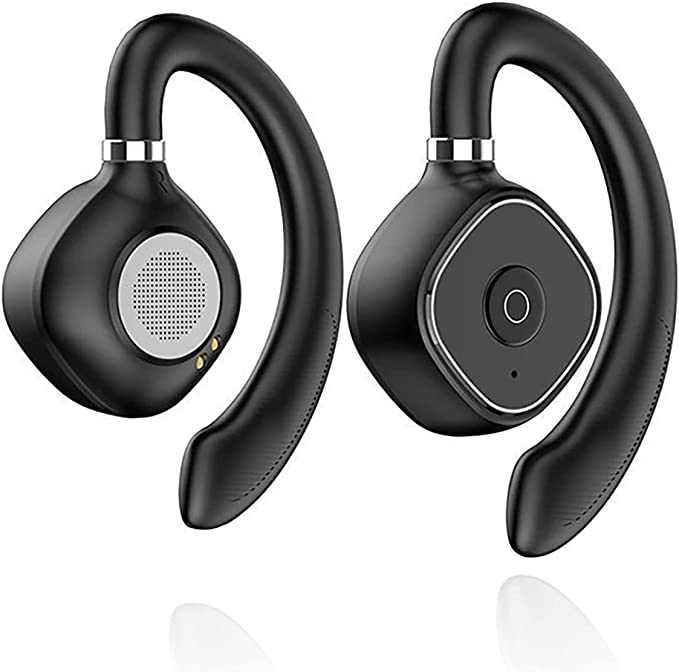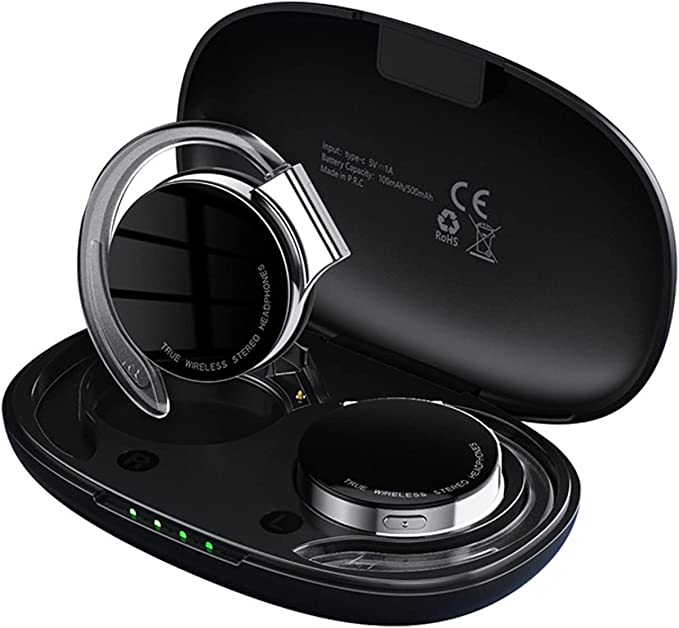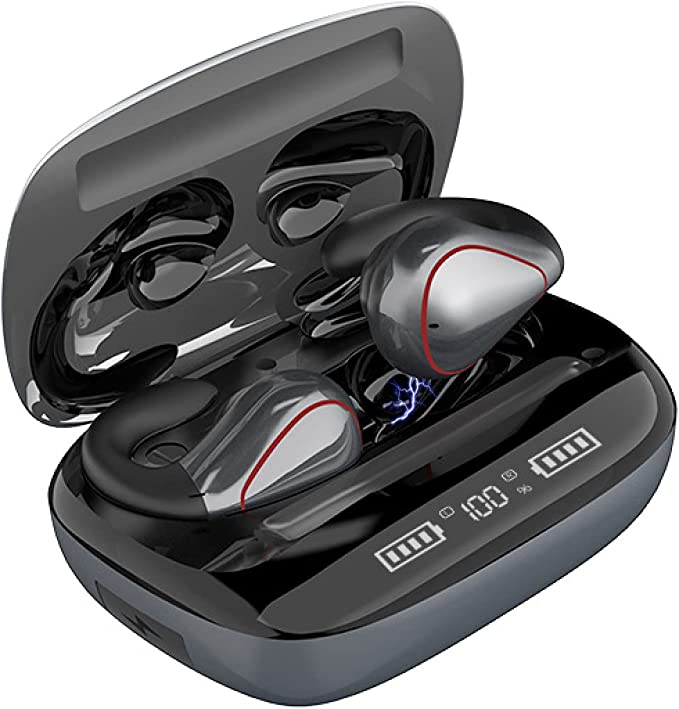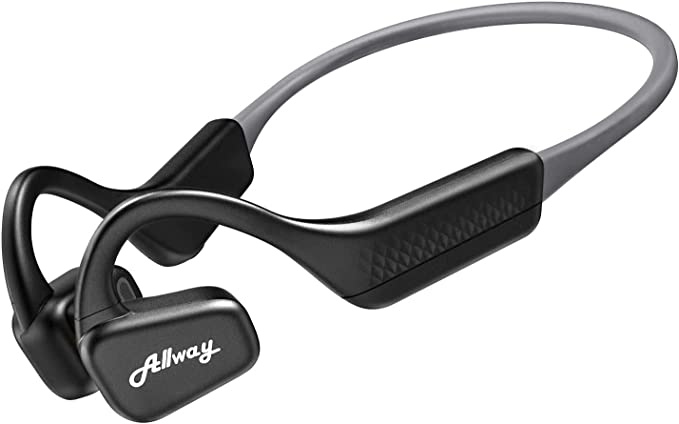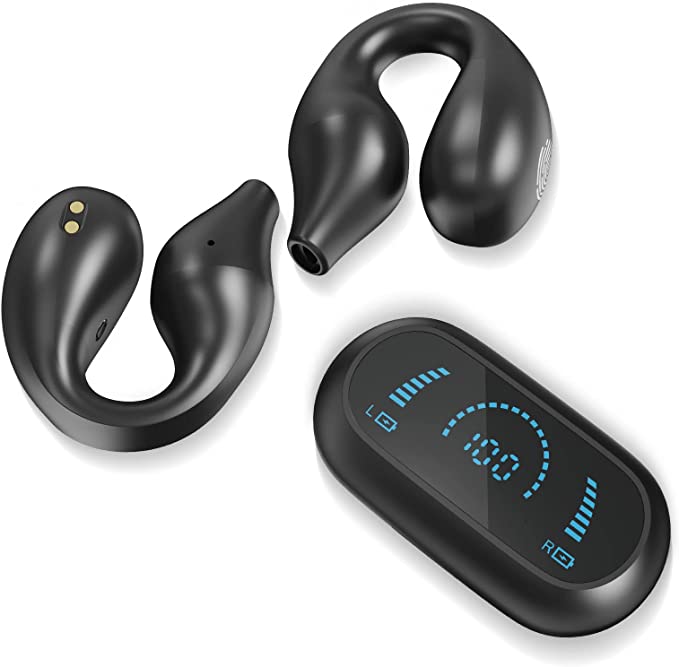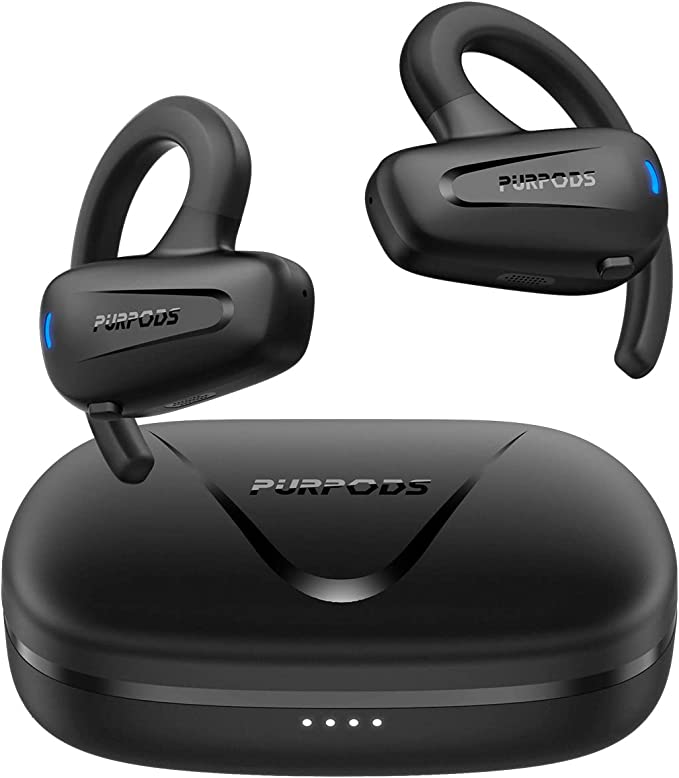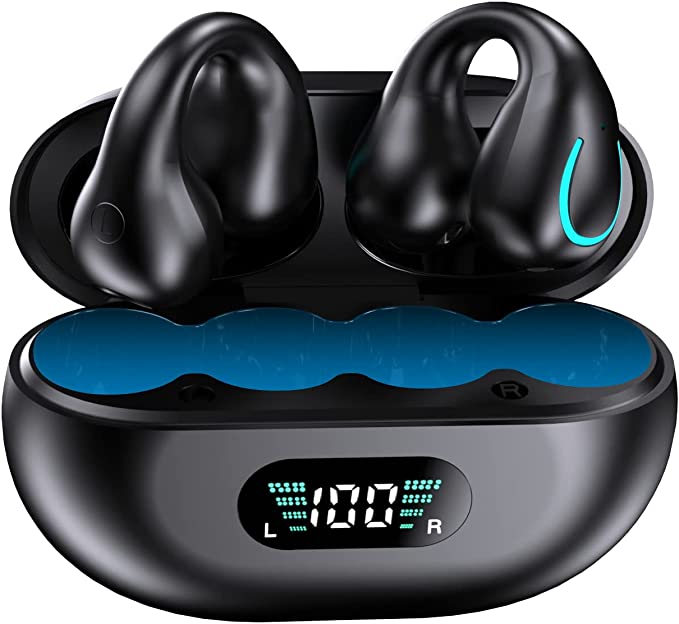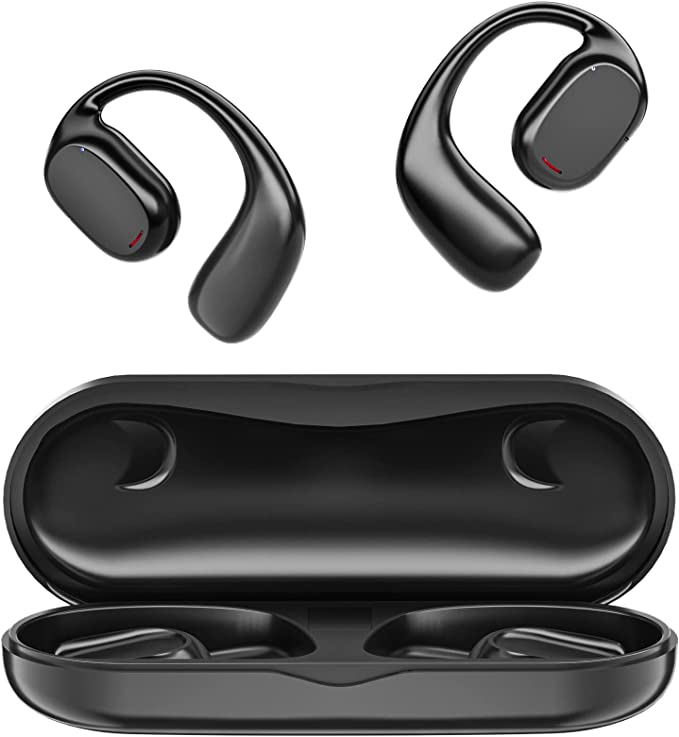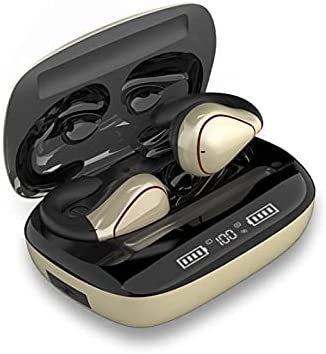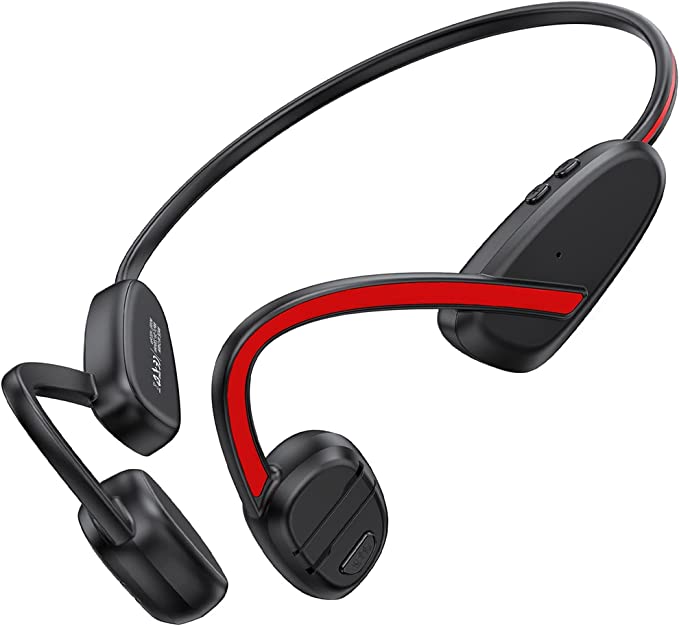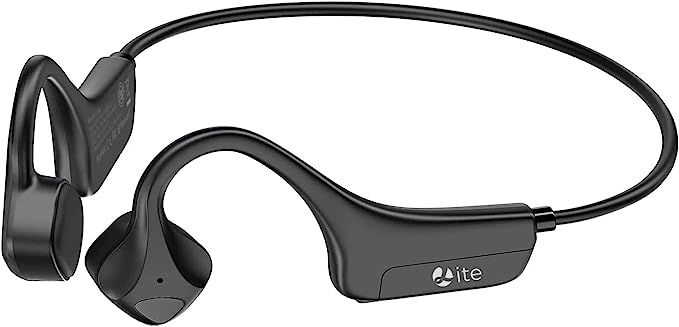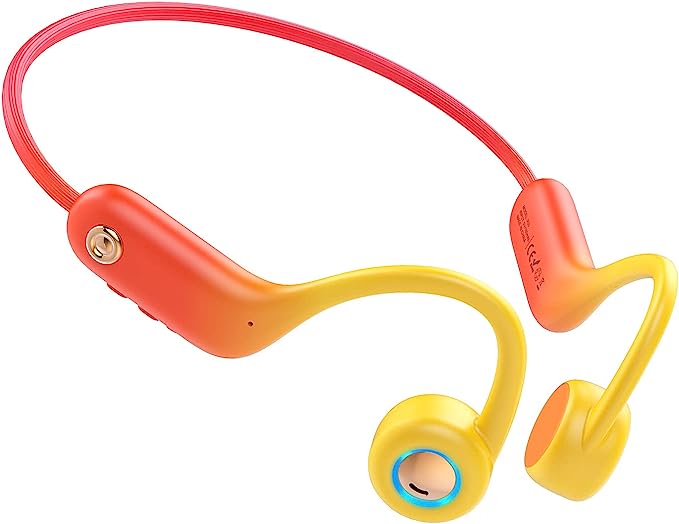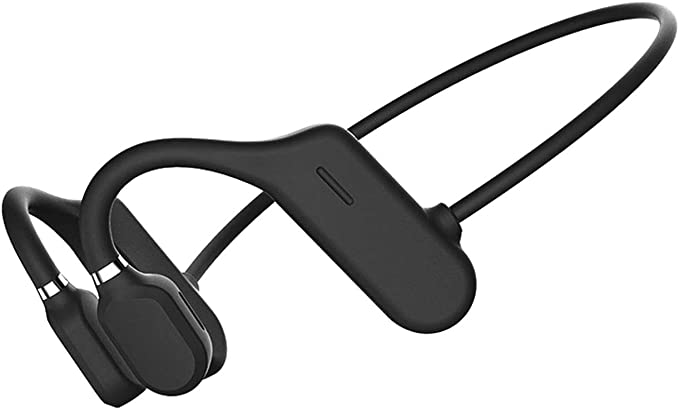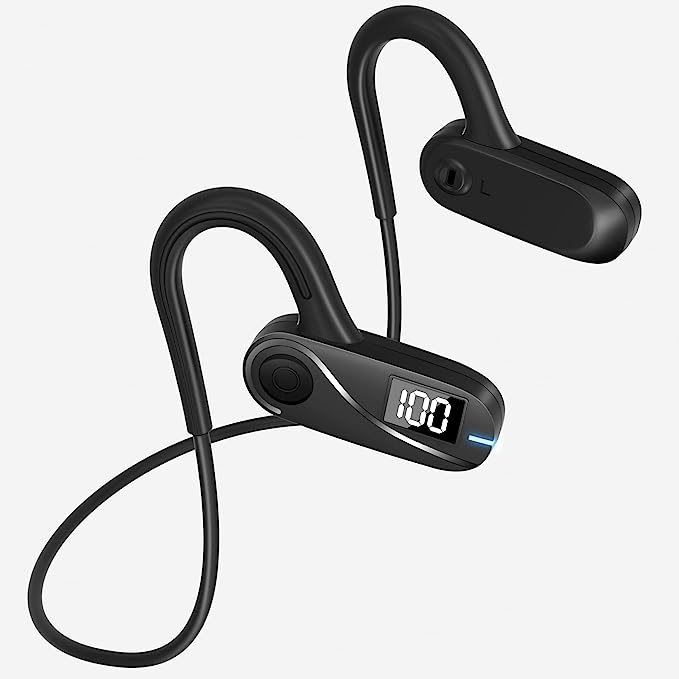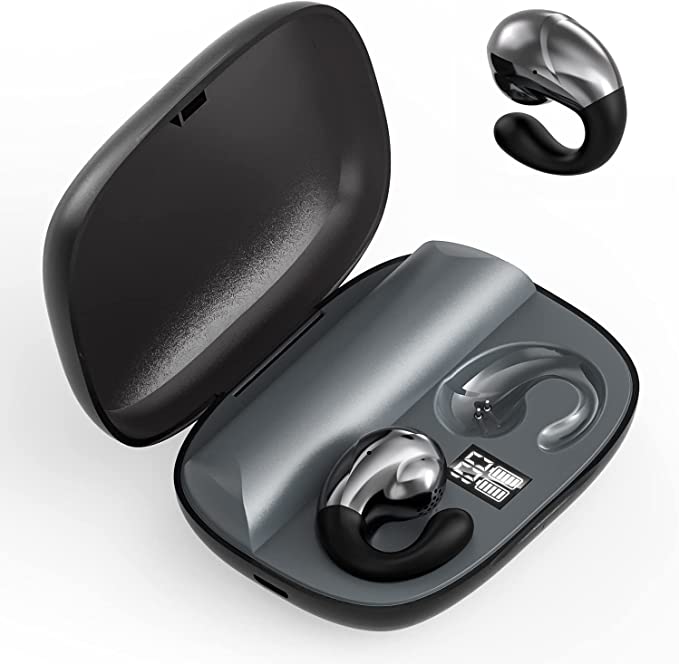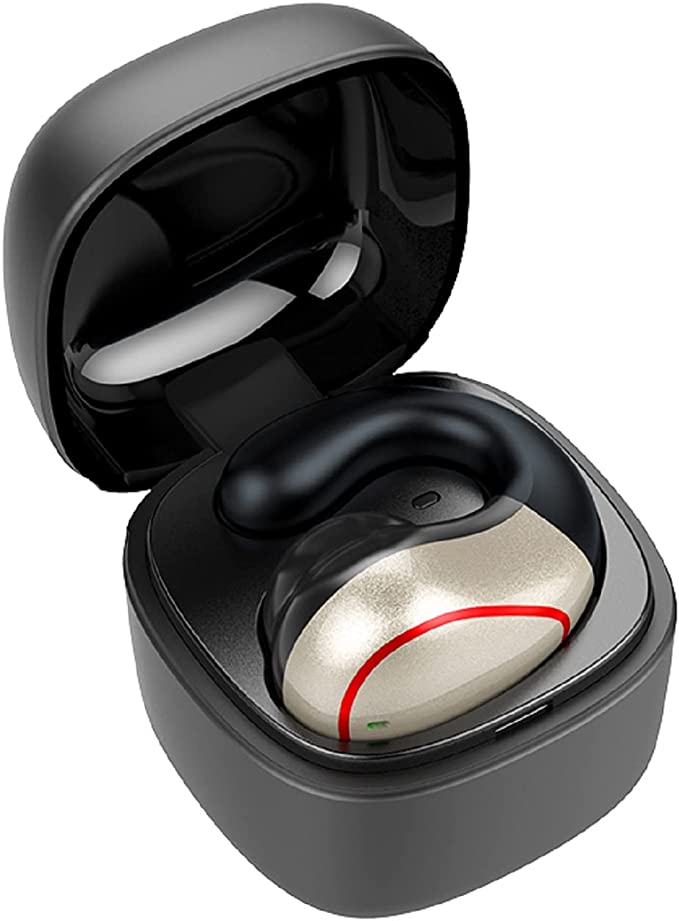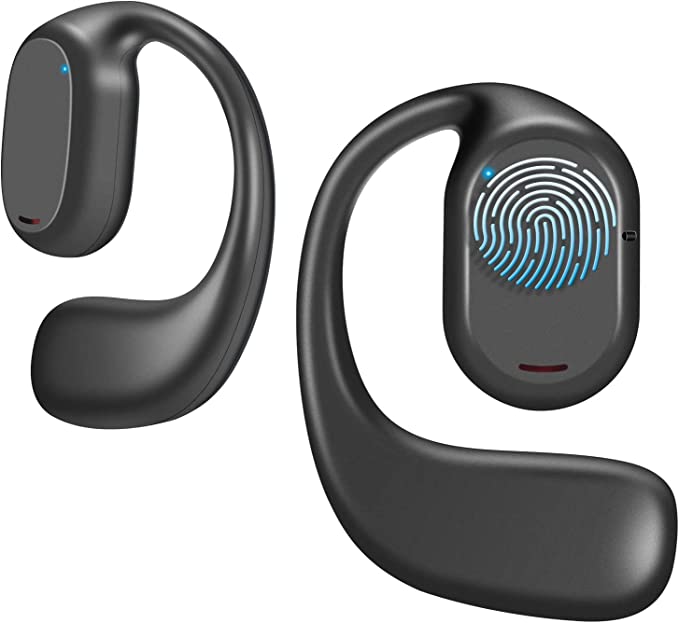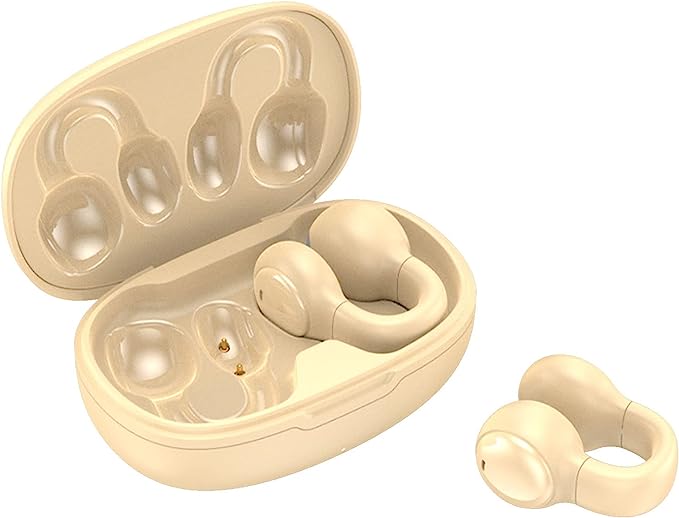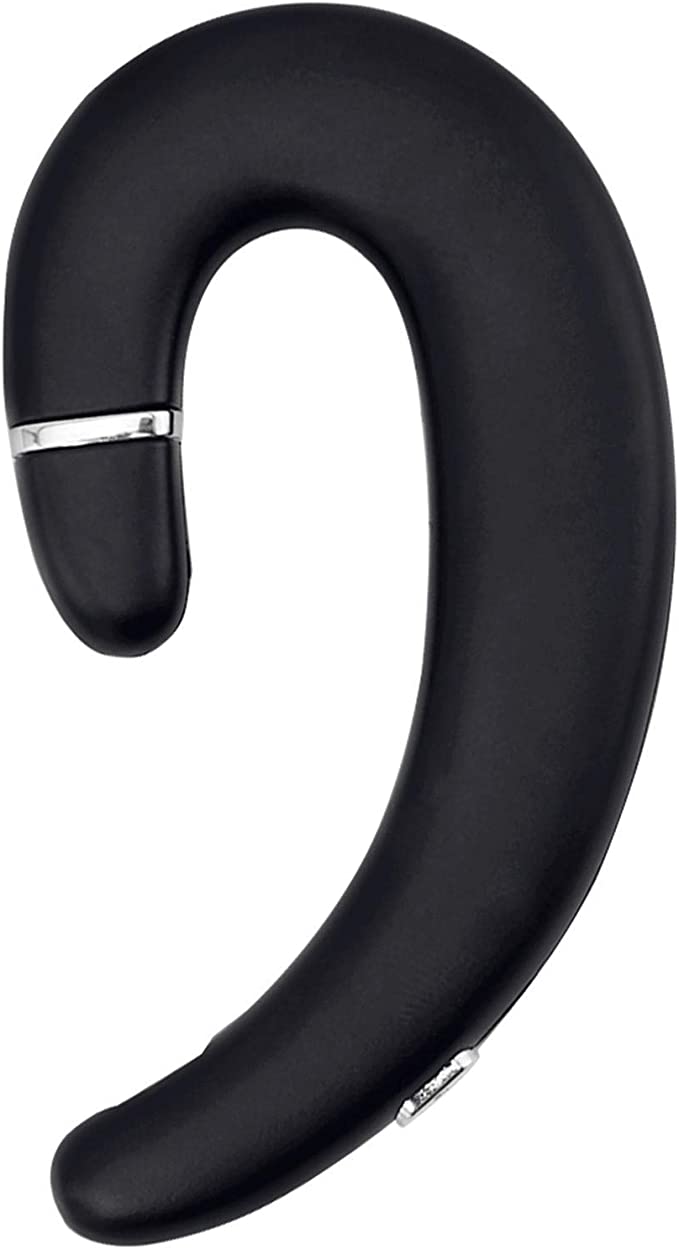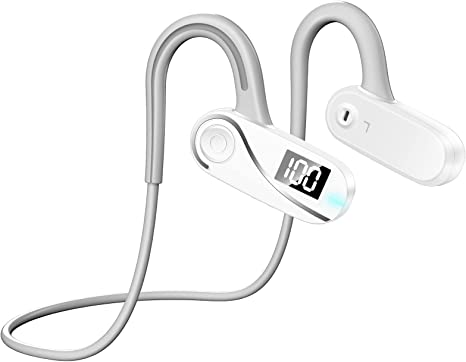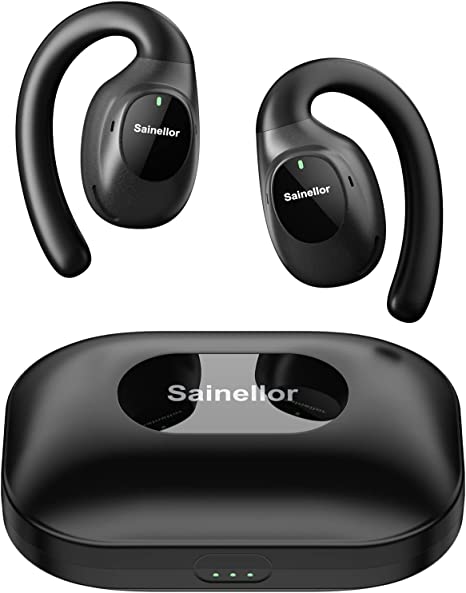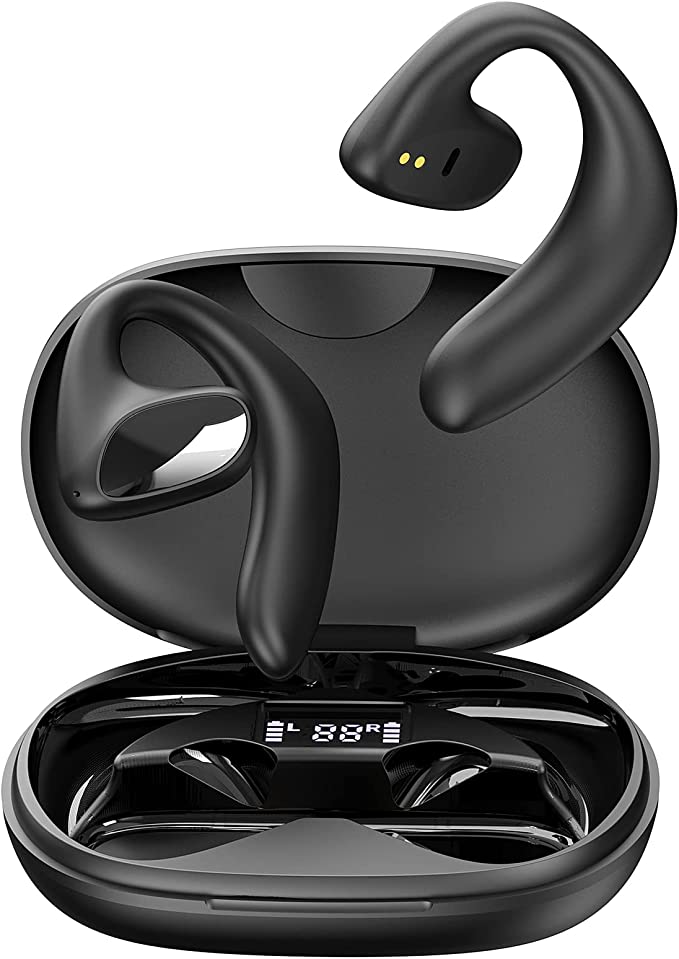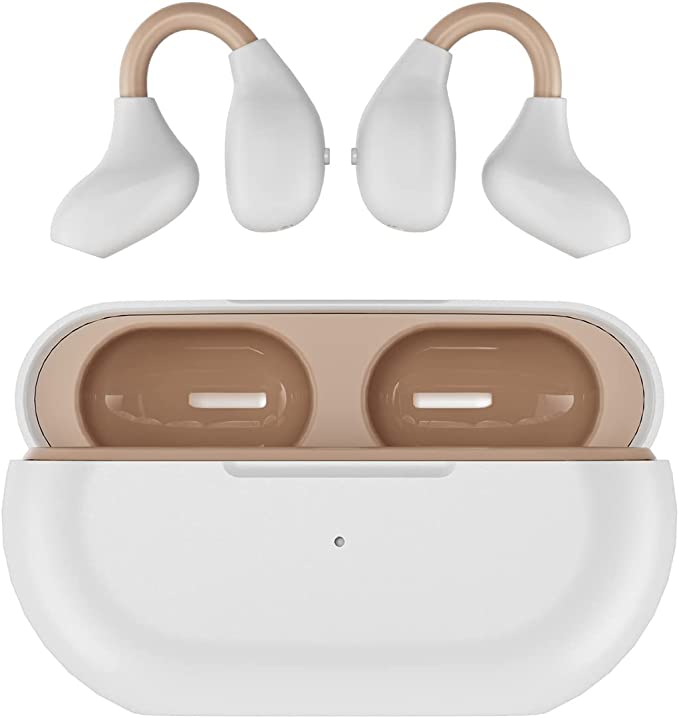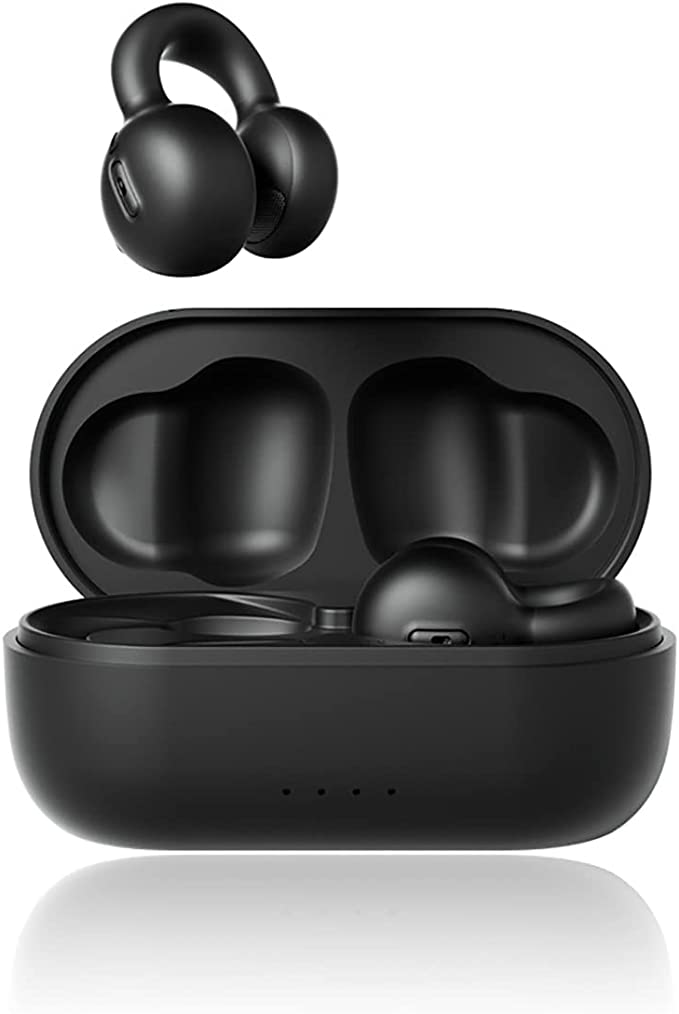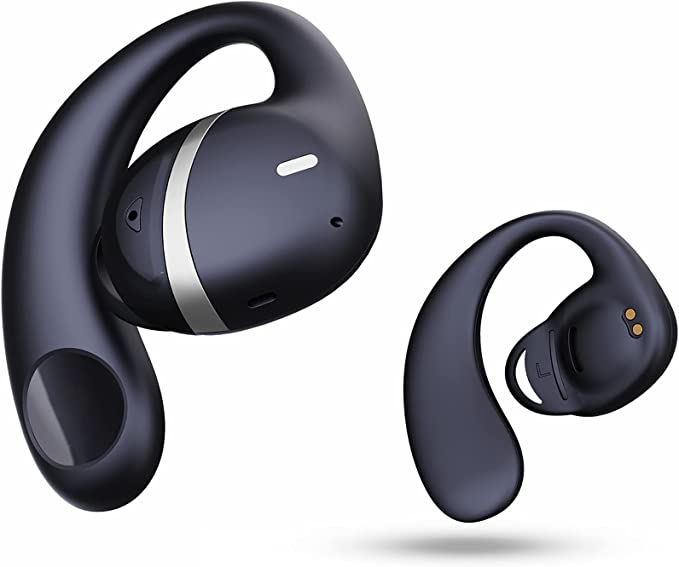Beyond the Eardrum: The Physics of Bone Conduction and Open-Ear Safety
Update on Nov. 24, 2025, 6:47 a.m.
In the crowded landscape of personal audio, we are accustomed to a singular mode of listening: pushing air. Whether through towering over-ear drivers or tiny in-ear monitors, traditional sound reproduction relies on changing air pressure to vibrate the tympanic membrane (eardrum). But evolution has gifted us a backup system—a latent pathway that bypasses the outer ear entirely. This is the realm of Bone Conduction, a technology that transforms the human skull into a conductor of sound.
While devices like the WANFEI BS01 are marketed as consumer electronics for runners and cyclists, they are, in reality, accessible implementations of a profound biological principle known as osteoconduction. To understand why this form factor is gaining traction among North American athletes, we must look past the marketing specs and into the anatomy of hearing itself.
The Anatomy of a Bypassed Ear
Hearing is typically a relay race. Sound waves enter the ear canal, vibrate the eardrum, move the ossicles (three tiny bones), and finally stir the fluid in the cochlea. Bone conduction cheats this race.
Headphones in this category utilize electromechanical transducers rather than traditional diaphragms. When placed on the zygomatic arch (cheekbone) or the temporal bone, these transducers generate precise mechanical vibrations. These vibrations propagate directly through the dense bone of the skull, stimulating the cochlea’s basilar membrane without ever passing through the ear canal.
This mechanism explains the unique sensation often described by first-time users—a feeling of sound originating “inside” the head. But more importantly, it defines the device’s primary utility: the Open-Ear Architecture. By leaving the ear canal unblocked, the listener maintains full access to ambient environmental sound, a critical factor for safety in dynamic environments.
Situational Awareness: A Survival Metric
For the urban runner or the commuter cyclist, audio isolation is a liability. The phenomenon of Auditory Masking occurs when loud music (the masker) renders external sounds (the signal), such as an approaching car or a siren, inaudible. Traditional noise-canceling headphones are designed to maximize this masking; bone conduction is designed to eliminate it.
Products like the WANFEI BS01 represent a shift towards “Augmented Hearing.” Instead of replacing the acoustic environment, they overlay a digital soundtrack atop reality. From a cognitive safety perspective, this reduces the reaction time to external threats. Unlike “Transparency Modes” in ANC headphones, which rely on microphones to process and re-play outside sounds (often with latency or digital artifacts), open-ear designs provide a zero-latency, unadulterated connection to the physical world.
Decoding Durability: The Engineering of IP55
Electronics and physiology are often at odds, particularly when it comes to sweat. Human sweat is not just water; it is a saline solution containing electrolytes that are highly corrosive to circuit boards and conductive contacts. This brings us to the Ingress Protection (IP) rating, a critical specification for any activewear technology.
The WANFEI BS01 carries an IP55 rating. This is not a random number but a specific engineering claim: * First Digit (5): Dust Protection. The enclosure is not entirely dust-tight, but it prevents the ingress of dust in sufficient quantities to interfere with operation. This is crucial for trail runners encountering dirt and particulate matter. * Second Digit (5): Water Protection. The device can withstand low-pressure water jets (6.3mm nozzle) from any direction.
In practical terms, IP55 does not mean “waterproof” in the sense of submersion—you cannot swim with these. However, it signifies a design robust enough to handle heavy perspiration and rain. Achieving this requires specialized seals and hydrophobic coatings on the transducer housings, ensuring that the delicate electromechanical components remain isolated from the corrosive external environment.
The Acoustic Trade-off: Fidelity vs. Utility
It is scientifically dishonest to discuss bone conduction without addressing its acoustic limitations. Because the skull is a denser medium than air, it has a higher acoustic impedance. Transmitting low-frequency (bass) vibrations requires significant energy and driver displacement.
This is why bone conduction headphones often lack the deep, thumping sub-bass of their air-conduction counterparts. To reproduce heavy bass through bone would require vibrations intense enough to cause an uncomfortable tactile “tickling” sensation on the skin. Manufacturers like WANFEI tune these devices to prioritize mid-to-high frequencies—the range where human speech and rhythmic clarity reside.
This tuning is a feature, not a bug. It aligns perfectly with the use case: podcasts, audiobooks, and upbeat workout music where rhythm and vocal clarity are paramount. For the audiophile seeking critical listening in a quiet room, open-ear is the wrong tool. But for the active individual seeking a soundtrack for their life without disconnecting from it, the trade-off is mathematically sound.
Conclusion: The Future of Active Listening
The WANFEI BS01 serves as a case study in functional minimalism. It strips away the isolation of traditional headphones to solve a specific set of problems: ear fatigue, hygiene (no ear tips prone to bacteria), and environmental unawareness. As we continue to merge our digital lives with our physical activities, the ability to listen without being blinded to the world around us—to have our music and hear it too—is becoming the new standard for the active lifestyle.
